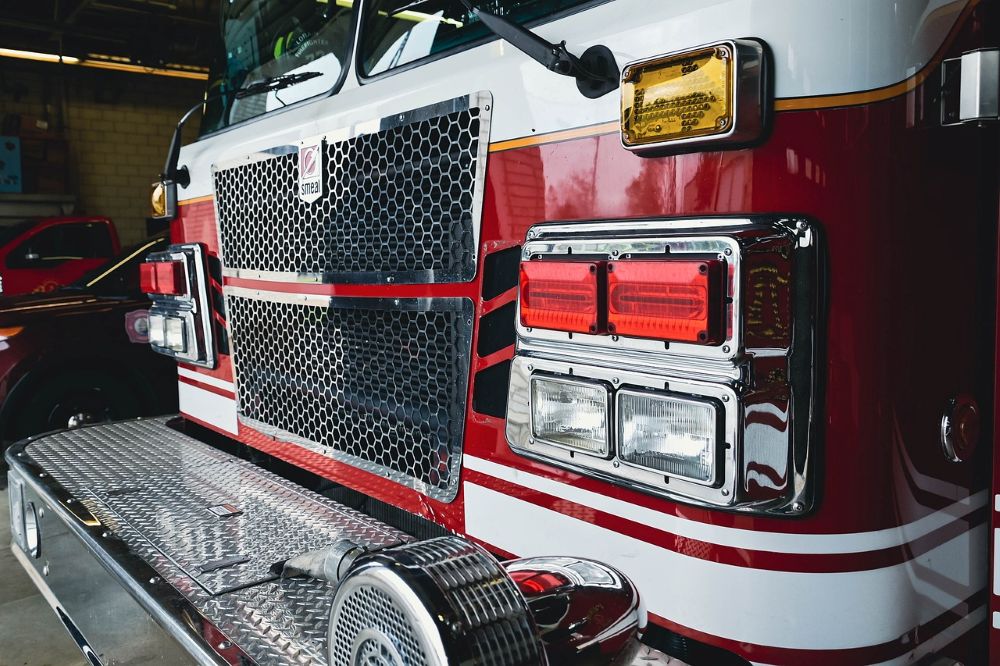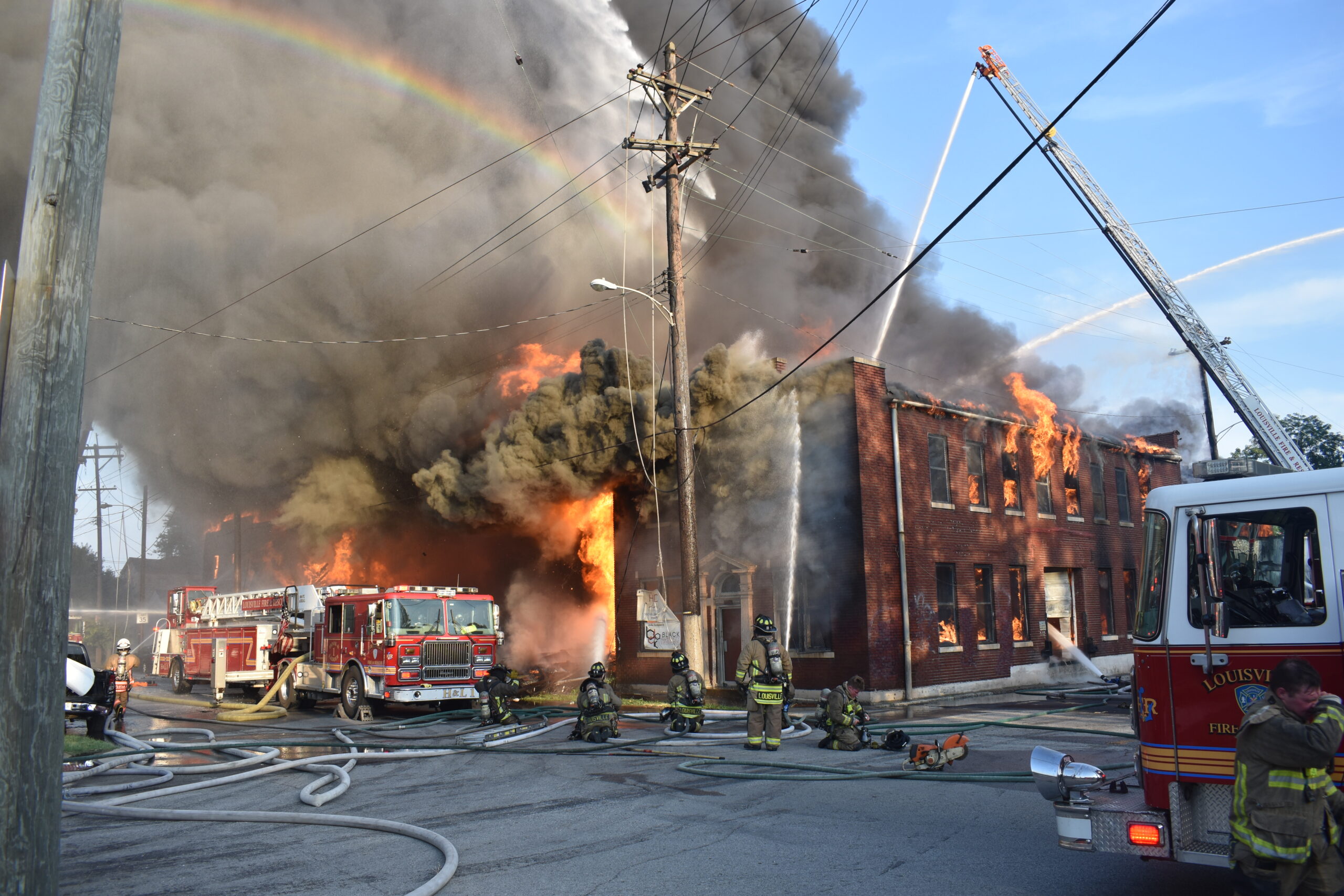Fourteen out-of-service trucks awaiting parts forced Virginia Beach, Virginia, to brown out an engine company. In Castle Rock, Colorado, fire fighters responded to incidents in Type 3 brush trucks due to a four-year delivery delay of new apparatus. In the Midwest, one department’s mechanic put it bluntly: “If you hit a pothole big enough, the rear end might fall off.” That department borrowed nine rigs from neighboring communities while waiting more than two years for its new vehicles to arrive.
Across the United States, IAFF affiliates are reporting similar challenges driven by consolidation in the fire apparatus manufacturing industry.
The stories have been coming in since the IAFF and the American Economic Liberties Project (AELP) urged the Department of Justice and Federal Trade Commission to investigate three fire apparatus manufacturers for possible antitrust business practices that have led to high prices and long wait times.
In a joint letter, they say business practices conducted by REV Group, Oshkosh, and Rosenbauer are putting fire fighters and the public at unnecessary risk. “Consolidation among fire apparatus manufacturers, largely controlled by private equity profiteers, is driving up costs and delays of critical vehicles,” General President Edward Kelly said in a statement. “In the meantime, fire fighters are left using old, unsafe apparatus to respond to emergencies in communities across America.
“We cannot allow Wall Street interests to put profits over public safety.”
According to news reports, American Industrial Partners, a private equity group, bought several struggling apparatus companies and named the consolidated company REV Group. Oshkosh and Rosenbauer followed a similar path. Today, the three companies control about two-thirds of the market.
“This consolidation is textbook monopolization — leading to price gouging, plant closures, and years-long delivery backlogs that put communities in danger,” Nidhi Hegde, AELP Executive Director, said in a statement. “It’s time for antitrust enforcers to act before this chokehold on emergency infrastructure does even more damage to fire departments across the nation.”
The cost of a standard engine has surged from $300,000–$500,000 in the mid-2010s to more than $1 million today. Ladder trucks often exceed $2 million. Wait times, which used
to average one year, now stretch up to four. Some contracts include “price-float” clauses that allow manufacturers to increase prices mid-order.
“We urge the DOJ and FTC to launch investigations immediately and bring appropriate enforcement actions accordingly,” the organizations wrote.
The issue is getting national attention, with press coverage highlighting how departments across the country are struggling to replace outdated equipment. Media outlets from Columbus, Ohio, to San Francisco have reported on how the crisis is straining municipal budgets and impacting public safety.
How has the consolidation of fire and emergency vehicle manufacturers impacted your community? Share your story with the IAFF as we push for federal action,



